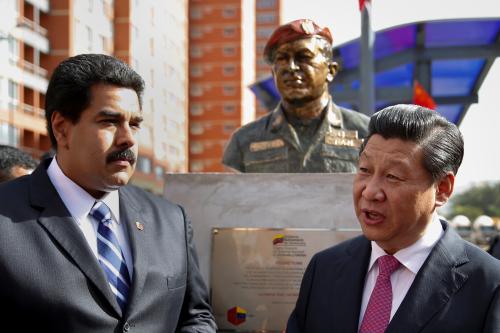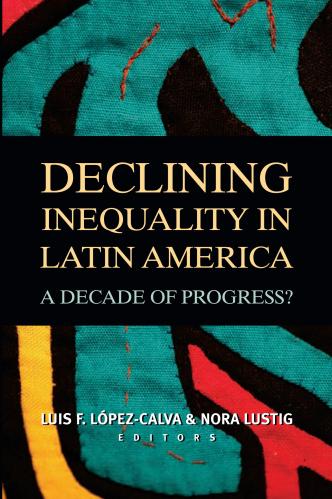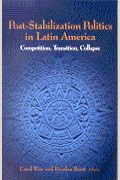Abstract
The financial debacle that followed the Mexican devaluation in December 1994 left many analysts, investors and observers bewildered by its magnitude. This paper argues that the causes of the devaluation are quite different from the causes of the crisis, so different that the financial crisis was partly caused by the devaluation itself. The devaluation was caused—primarily—by the fiscal and monetary policies followed during 1994. If the government’s primary concern was to maintain the existing exchange rate policy (i.e., avoid a discrete change in the exchange rate), both the fiscal and monetary policies were more expansionary than they should have been. But, why did the devaluation turn into a financial crisis? Contrary to what most analysts predicted, far from calming the markets the devaluation resulted in a financial crisis with significant spillover effects on other countries particularly in Latin America. The December devaluation triggered a financial crisis because foreign investors felt tricked and feared a default. Investors were angry for a very simple reason. The devaluation and its mishandling caused them substantial losses. Part of the investors’ disappointment arose from the perception, which turned out to be correct, that the fiscal and monetary policies pursued by the government in 1994 were ultimately inconsistent with the exchange rate rule. Another important contributing factor to the debacle of the peso was the replacement of almost the entire short-term government debt from peso-denominated to dollar-denominated instruments (the Tesobonos) because it vastly increased the risk of default. Finally, the lack of competence and the absence of a coherent plan at the time the devaluation was announced, added significantly to the climate of uncertainty.









